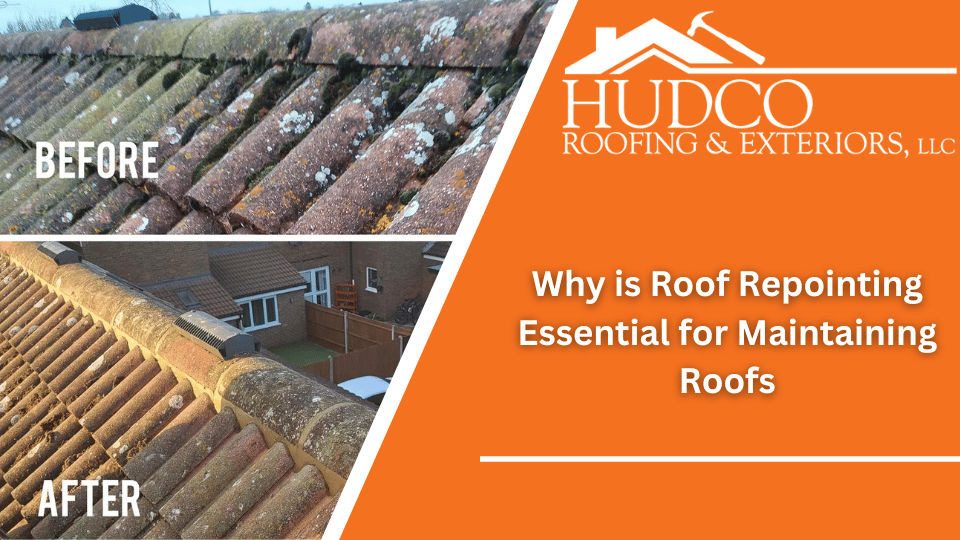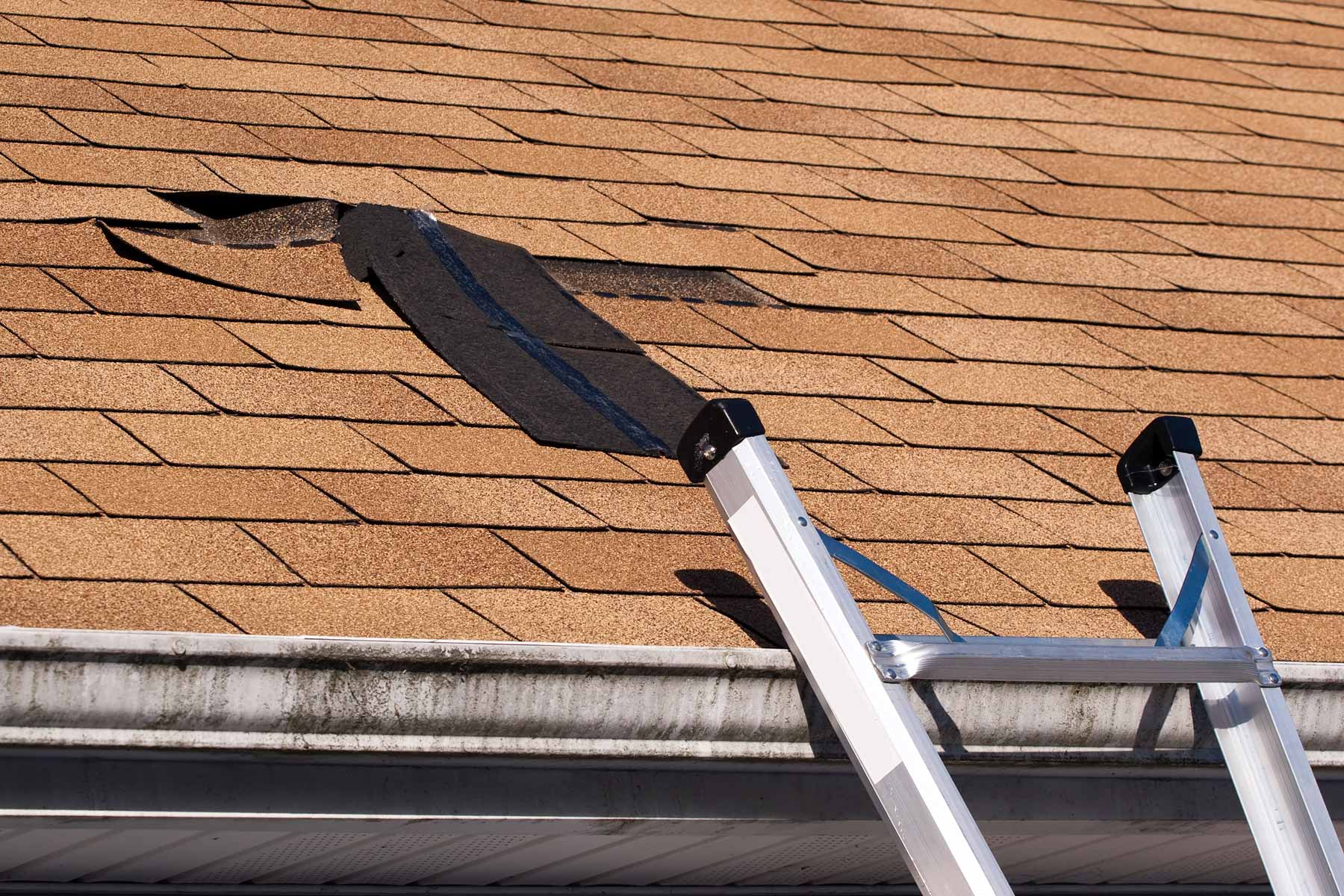If you’re wondering “Why is Roof Repointing Essential for Maintaining Roofs,” Let HUDCO Roofing & Exteriors help you out.
What exactly does “roof pointing” mean? Many homeowners ask this question. Indeed, many people mix up roof bedding and roof pointing when talking about roof repairs. However, these terms have different meanings.
In construction, the word “pointing” describes a visible portion of mortar joints. The purpose of pointing is to keep water from seeping through the roof. Mortar joints between masonry or roof tiles may develop gaps after being exposed to the elements for some time. So, these openings can channel water from the roof into the home.
When you catch these problems in time, roof pointing and bedding can fix them.
What Is the Difference Between Roof Repointing and Roof Bedding?
The roof capping is an inverted V, and the tiles are set in mortar. Through a procedure known as “roof bedding,” the roofers firmly fix the mortar. Bedding a roof requires removing the old mortar, cleaning the roof, selecting new mortar, substituting the old mortar with a new one, and tiling the roof.
This procedure will cause gaps and rough edges between the tiles. To prevent leaks and give the roof a finished aspect, roofers seal these cracks and gaps with a mortar mixture. Also, they secure those edges and the ridge caps using a flexible compound or mortar we call “roof pointing”. Besides, flexible roof pointing is an outstanding example of roof pointing.
What Is Flexible Roof Repointing?
The term “flexible pointing,” sometimes called “Flexi point,” is a water-based polymer compound contractors use to adhere roofing tiles and ridge caps t tiles.
Flexible pointing seals off the bedding and roofing system from any potential water damage. For example, the flexi point is used to block the ridge cap so that it fits flush with the gable end of the typical tile.
Traditional mortar-based pointing is less effective and less desirable than flexible roof pointing. Because of its “flexible” nature, flexible roof pointing may adapt to the roof’s expansion and contraction over time. As a result, it lasts longer without cracking than the standard mortar-based roof pointing.
What Are the Drawbacks of Flexible Roof Repointing?
The time required for applying flexible roof pointing is a significant drawback. Rapid curing is a feature of flexible roof pointing. So, the roofer only has a short time to apply and trowel it smoothly. When the weather is extremely hot, as it often is in the summer, roofing materials deteriorate quickly.
Likewise, flexible roof pointing needs around 24 hours without rain or water contact to cure completely. If it rains or the roof pointing is in contact with water during this time, its efficacy may diminish significantly.
The Benefits of Roof Pointing and Bedding
- Protect wood from rotting:
Water can seep into the roof bedding if your roofers do not do a good job when pointing it. The pointing of a roof can avoid this issue, protecting the timber beams underneath from water damage.
- Suppress mold and mildew development:
With high-quality roof bedding and having the roof pointed by a professional, you will avoid mold and mildew growth.
- Improve your home’s curb appeal:
A house’s exterior aesthetic is usually a first consideration when purchasing a property.
Repairs are necessary for many kinds of homes, particularly older homes constructed during the mortar-based roof-pointing age. Commonly, repointing is a component of these fixes. Repairs like rebidding the shingles or pointing the chimney may make your home look new.
- Maintain a robust roof:
Careful roof pointing and bedding will increase a roof’s robustness. Using these two methods, you will securely fasten your tiles, making them resistant to wind damage.
For Roof Repointing, Seek Expert Help
To save money, some homeowners attempt rebidding or repointing their roofs. Sadly, they usually only make matters worse!
Roofing maintenance, like repointing and rebidding, can be challenging for the typical homeowner. To complete this job successfully, you need specific training and specialized equipment.
Moreover, there is a high risk of severe injury or death if you perform this activity without the proper training and equipment.
Therefore, what should you do?
Leave roofing inspections, as well as rebedding and repointing tasks, to professional contractors. These experts have the knowledge to handle the dangers of these procedures. Thus, use trustworthy roofers who ensure the quality of the roof’s pointing and rebidding.
HUDCO Roofing & Exteriors can provide you with the help you need. You can get in touch with us by calling us at 318-584-0044. We service areas in Alexandria, Houma, and Ruston, LA.



